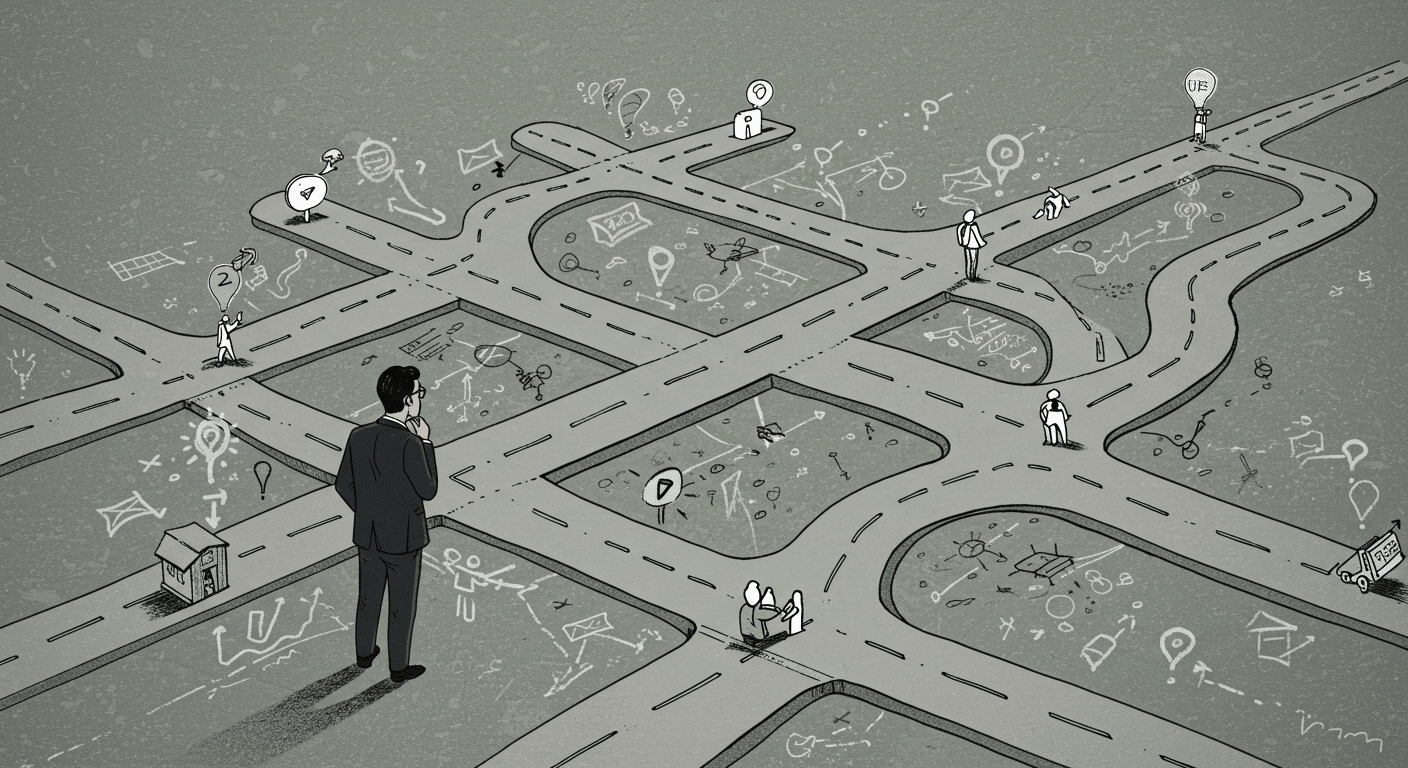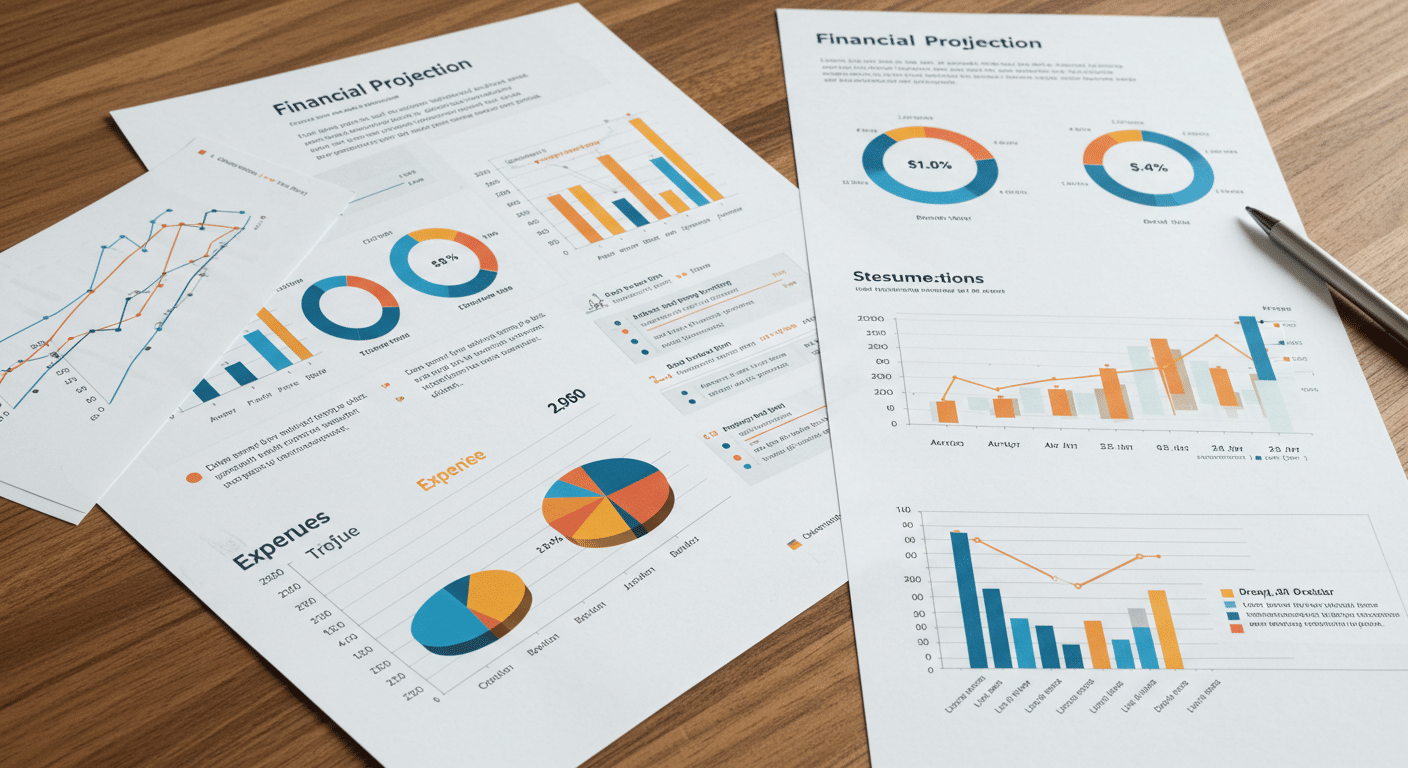How to Identify Your BHAG
What’s a BHAG? BHAG refers to a Big Hairy Audacious Goal, a term coined by business consultant Jim Collins and organizational theorist Jerry Porras in their 1994 book Success Built to Last: Creating A Life That Matters.
Why should this matter to you? Company leaders across the world claim that choosing the right BHAG, a goal your company should strive for 10-25 years in the future, is immensely important. If you identify your BHAG early on in your planning process, you can set your company up for lasting success down-the-line.
Scaling Up author Verne Harnish notes that identifying the right BHAG is a crucial step to achieve company success.
Harnish suggests that the BHAG may be your company’s most important long-term decision, driving your day-to-day business and main overall priorities.
So how should you go about identifying the right BHAG for your company?
Align With Your Company’s Purpose
Your BHAG needs to align with your overall company strategy. Consider your core values and purpose before identifying your BHAG. Your BHAG should serve as a unifying force for your employees, so it’s important that it aligns with your overall strategy and mission.
Here’s one example of a BHAG that directly corresponded to the company’s core purpose. BHAG coiner Collins notes that Sony’s core purpose in the 20th century was “to experience the joy of advancing and applying technology for the benefit of the public.” Aligned with this purpose, Sony developed the following BHAG in 1950: to become the company most known for changing the worldwide poor quality image of Japanese products.
See how the purpose and BHAG directly correlate? Make sure to identify a BHAG that aligns with your overall vision moving forward.
Develop a BHAG You Can Visualize
A BHAG should be lofty, but realistic. It’s important that your team can visualize achieving the goal, even though it’s far in the future. It should be tangible and highly focused.
However, a BHAG that’s too easily in reach won’t inspire your employees. A BHAG needs to be a motivating force, driving engagement and challenging your team to perform above-and-beyond.
One notable example of a BHAG guiding a company’s vision was Microsoft’s early BHAG: “a computer on every desk and in every home.” In the early 1980s, this goal seemed extremely ambitious, since few people even had computers at their workplaces, let alone at home. Yet, the BHAG was highly visual. Its specificity helped the Microsoft team imagine their desired outcome. Microsoft didn’t know exactly how they would accomplish their goal, but they used it as a driving force, impacting their business decisions.
By the end of the 20th century, nearly all office workers had a computer on their desk and most homes in the developed world did have computers, demonstrating that a BHAG which seems insurmountable can in fact be reached.
A BHAG that’s too easy to accomplish will drive your company into complacency. Collins recommends a BHAG with a 50-70% chance of success. Although that might seem like a low percentage, Collins reiterates that the BHAG should act as a “mountain to climb”, stimulating progress and empowering your team to strive for the best. Check out his website for more resources to identify the right BHAG for your company.






